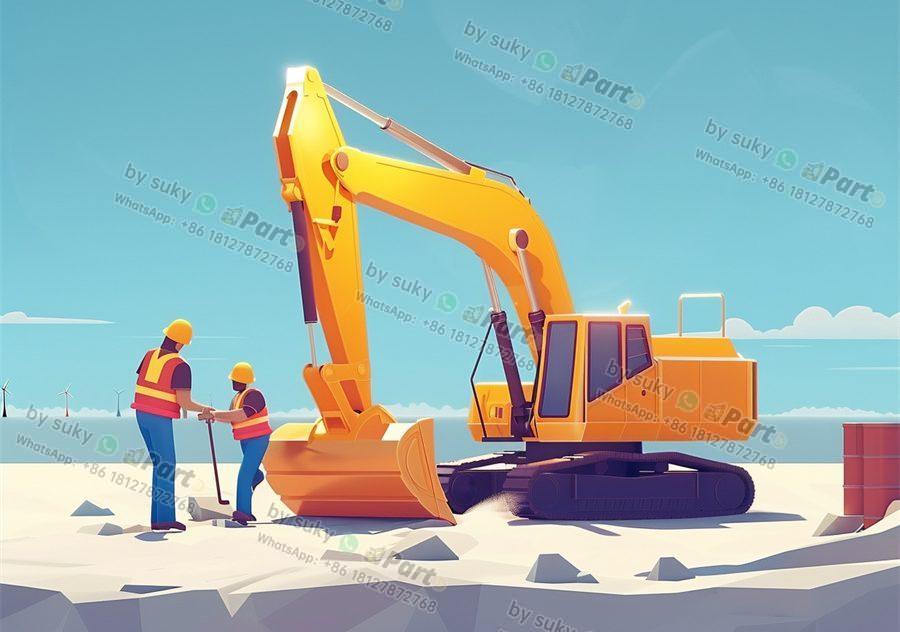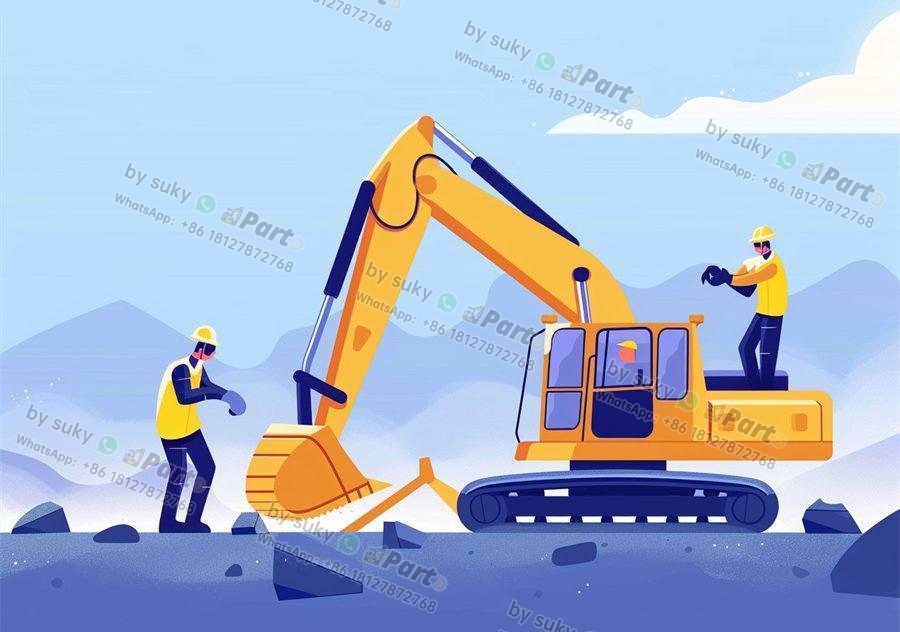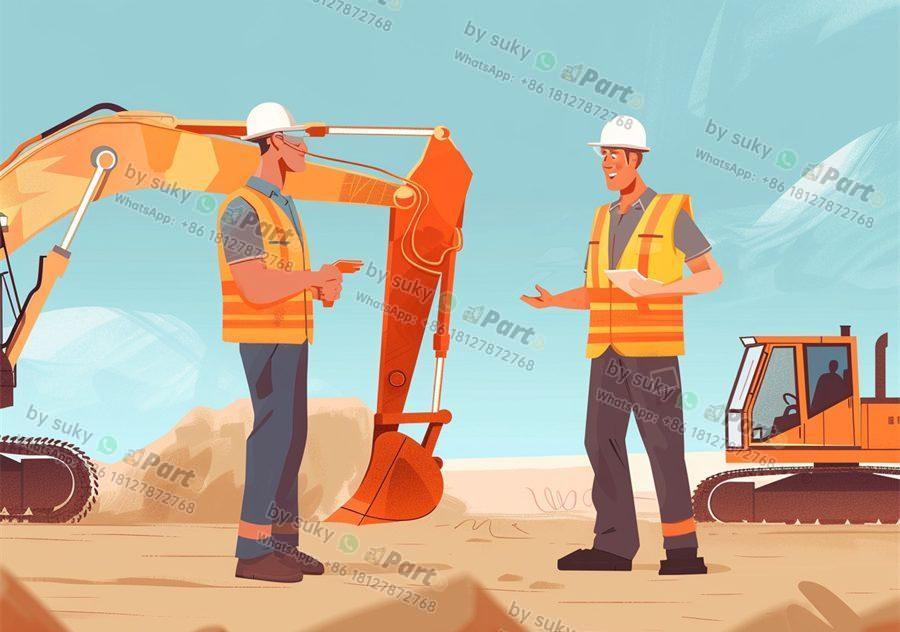When it comes to sourcing quality excavator track components, importers and dealers in the construction machinery industry know the importance of finding reliable suppliers. With the right components, machines can operate efficiently and effectively, leading to increased productivity and reduced downtime. In this article, we will provide top tips for sourcing quality excavator track components to help you make informed decisions and maximize the performance of your equipment.
1. Research and Vet Suppliers Carefully
One of the most important steps in sourcing quality excavator track components is to research and vet suppliers carefully. Look for suppliers who have a good reputation in the industry, a track record of providing high-quality components, and positive reviews from other customers. It’s also essential to ensure that the suppliers you are considering have the necessary certifications and comply with industry standards.
2. Consider the Quality of Materials
When sourcing excavator track components, it’s crucial to consider the quality of materials used in manufacturing. High-quality materials, such as durable steel and rubber compounds, can significantly impact the performance and durability of the components. Make sure to inquire about the materials used by suppliers and opt for components that are designed to withstand the rigors of heavy-duty construction work.
3. Check for Compatibility
Before purchasing excavator track components, it’s important to check for compatibility with your specific machine model. Different machines may require different track sizes, designs, and specifications, so it’s essential to confirm that the components you are sourcing are compatible with your equipment. Working with suppliers who are knowledgeable about various machine models can help ensure that you get the right components for your excavator.
4. Compare Prices and Terms
When sourcing excavator track components, it’s wise to compare prices and terms offered by different suppliers. While cost is a significant factor, it’s also essential to consider factors such as warranty, delivery times, and after-sales support. Opt for suppliers who offer competitive prices without compromising on quality and provide favorable terms that meet your business requirements.
In conclusion, sourcing quality excavator track components is crucial for the efficient operation of construction machinery. By researching and vetting suppliers, considering the quality of materials, checking for compatibility, and comparing prices and terms, importers and dealers can make informed decisions and ensure the performance and longevity of their equipment.
For more tips on maintaining and optimizing construction machinery, check out our articles on “Top Strategies for Preventative Maintenance of Excavators” and “Tips for Enhancing the Lifespan of Bulldozer Undercarriage Components.”
190-8970 1908970 Fuel Priming Pump Assy for Caterpillar 3126B 3512C C7 C11 C13 C15









